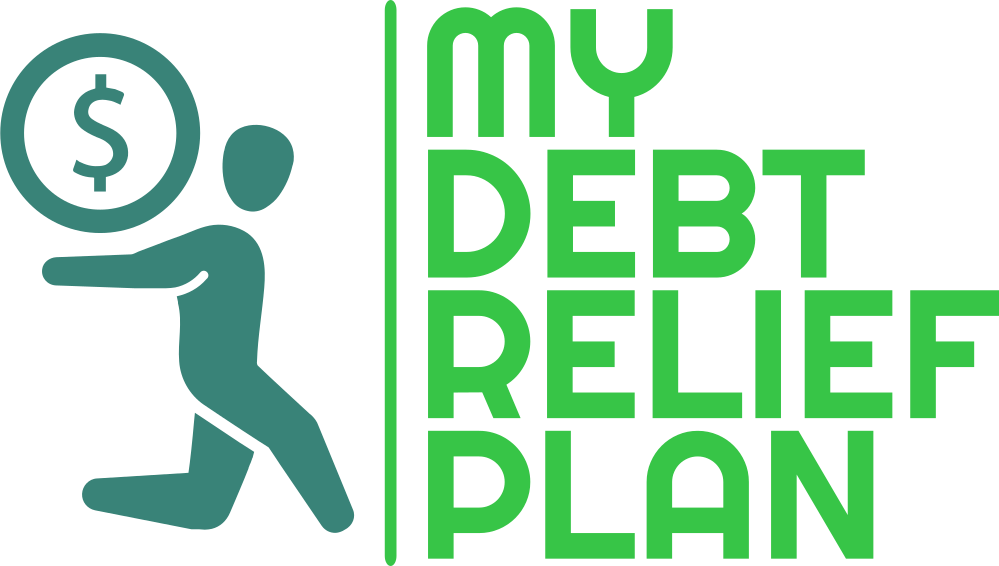Understanding Accounts Receivable
Controlling and understanding your accounts tends to be one of the most complex aspects of running a business. However, it is an absolutely essential part of your professional process. After all, if you don’t have control of your accounts, you will quickly lose control of your general finances, and this could result in further problems down the line such as debt, unaccounted gains and losses, or difficulties when it comes to filing tax returns. So, let’s start with just one aspect of accounts for now: accounts receivable.
Contents
What are Accounts Receivable?
Accounts receivable (otherwise referred to as AR) are the outstanding invoices that your company has. In other terms, it is the amount that your company is owed by your clients. If you have transactions pending in your accounts receivable, you have already provided your client with goods or a service, and you are simply waiting for them to cough up the cash for what they have received.
Tiding Your Business Over Between Payments
There are various ways to tide your business over between handing over a product or service and receiving the payment. Sure, if your business is already up and thriving, you will probably be fine. However, this waiting period proves more difficult for startups and businesses who are trying to invest in expansion. In these types of situations, invoice financing could be the answer to your problems. Put simply, invoice financing is a business loan that allows you to borrow money from a lender in advance. If you know you have a certain amount of cash due in your accounts receivable, you can take out a loan through invoice financing for the set amount, spend it in the meantime and then pay the lender back once your accounts receivable have been paid. Now, this service doesn’t come for free. There are fees associated with taking the loan out, and they tend to be higher than the fees with traditional loans. But you can take them out regularly and pay the amount owed in full rather than dragging things out in minimum repayments. Another benefit is that you usually don’t have to use collateral for these kinds of loans, as the invoice itself forms collateral. This is also a brilliant option for those with a negative credit score. The credit check is carried out against the business that is due to pay for the already received goods.
Putting Invoice Financing to Good Use
If you do engage with invoice financing to tide you over in gaps due to accounts receivable, you should only ever put the money to good use for your business. Reinvest it in advertising, making the most of flash sales from your stockist, or recruitment. If the money will be used for non-emergency personal purchases, simply have patience and wait for the accounts to be paid by the client themselves.
As you can see, accounts receivable can be pretty complex to start with. But once you know what you’re engaging with, you can work things to your business’ advantage!

